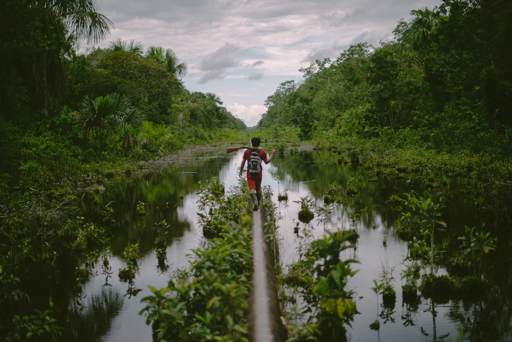For several years, illegal gold mining, loggers and other invaders have impacted the territory of the Indigenous Wampís people (or Huambisa) of the northern Peruvian Amazon. To combat these threats amid a lack of state support, the Autonomous Territorial Government of the Wampís Nation (GTANW) formed the territorial monitoring group Charip. The group’s formation in February 2024 led to quick results. Within two months, Charip arrested three Peruvian police officers for their involvement in illegal gold mining near the Wampís community of Villa Gonzalo, on the banks of the Santiago River. A high-level commission from the Peruvian government visited the Wampís Nation a few days later and promised to eradicate illegal mining in the area. However, sources told Mongabay the state has still not fulfilled its commitments. Peru’s Ministry of Culture and the country’s Amazonas and Loreto regional governments did not respond to Mongabay’s requests for comment by the time of publication. Neither did the Sixth Jungle Brigade, the unit of the Peruvian Army responsible for conducting land, river and air patrols, especially in border areas and the Amazon, to prevent the entry of foreign personnel and support environmental conservation. In 2024, the Charip group also confiscated and destroyed at least seven mega-dredges along the Santiago River, according to a report by the Forest Peoples Programme (FPP), a U.K.-based advocacy group that has supported Charip with fuel and food. When the group was formed, it had about 60 personnel to fight against illegal miners, the Charip president René Santiago Ti,…This article was originally published on Mongabay
From Conservation news via this RSS feed


